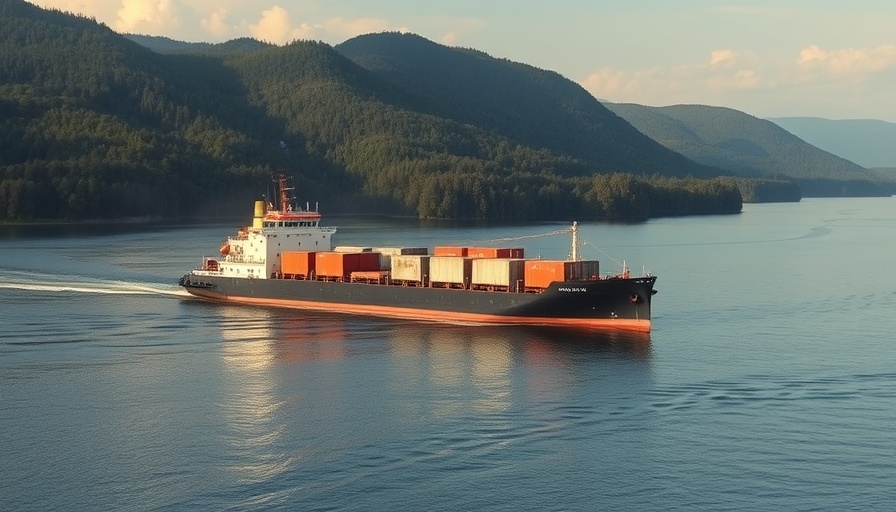
The Gender Gap in Maritime: A Closer Look
The recently published Women in Maritime survey sheds light on the glaring lack of gender diversity that persists within the maritime industry. With only 19% of the total workforce represented by women, the industry faces significant challenges in achieving equitable representation. This figure drops further when considering women in leadership and specialized roles, highlighting systemic issues within maritime organizations.
Understanding the Current Landscape
Data from the International Maritime Organization (IMO) and the Women’s International Shipping & Trading Association (WISTA) illustrate a disturbing trend: while the representation of women has increased in sheer numbers—from 151,979 in 2021 to 176,820 in 2024—the percentage of women in the overall workforce has declined. This indicates that while more women are entering the sector, their proportion relative to the total workforce is diminishing. In national maritime authorities, the representation is slightly better at 19%, but in the private sector, it falls to a mere 16% (excluding seafarers), and at sea, the representation dwindles to just 1%—a staggering deficit.
Emerging Sectors and Their Women
Despite these sobering statistics, the survey reveals a glimmer of hope in certain emerging sectors like Environmental, Social, and Governance (ESG) roles, where women's participation is more pronounced. This suggests that industries focused on sustainability may be more inclusive, possibly due to evolving corporate social responsibility (CSR) strategies and a push towards more ethical governance. However, areas heavily entrenched in tradition, like bunkering and legal services, have seen decreased female participation, echoing the traditional barriers that have historically excluded women from influential maritime roles.
Recommendations for Improvement
To reverse these concerning trends, the report offers a roadmap for change. Key recommendations include enhancing recruitment and retention strategies, expanding mentorship programs, and creating safe workplace environments. Moreover, policies that genuinely prioritize gender diversity and inclusion need implementation at all organizational levels. Collaboration between governments, private firms, and educational institutions is essential in transforming these recommendations into actionable strategies.
Expected Outcomes: The Future of Women in Maritime
The commitment by the IMO and WISTA to promote gender diversity syncs with the United Nations' Sustainable Development Goal (UNSDG5) of achieving gender equality. By aligning their objectives with global standards, they not only enhance women’s visibility in maritime but also accelerate industry-wide change. The empowerment of women within this sector is crucial, not just for achieving fairness, but also for driving innovation—diverse teams have been shown to generate more creative solutions and better outcomes. As this dialogue unfolds, the maritime industry stands at a crossroads: will it continue on a path of stagnation or embrace transformative changes toward equality and inclusivity?
Your Voice Matters
As stakeholders, whether as professionals in the industry, educators, or advocates, it’s crucial to engage in this dialogue on gender diversity. By examining these statistics, supporting initiatives, and encouraging discussions around inclusivity, we can collectively contribute to reshaping the narrative of the maritime industry. The question now is: how committed are we to fostering an environment that champions women and accepts diversity as a fundamental pillar of progress?
In conclusion, the lack of gender diversity in the maritime industry presents an ongoing challenge that intersects with broader societal issues. As we push for change, every individual’s commitment to gender equality can make a profound impact. Let’s advocate for a future where women are not just a fraction of the maritime workforce but are leading the way in this vital industry.
 Add Row
Add Row  Add
Add 




Write A Comment